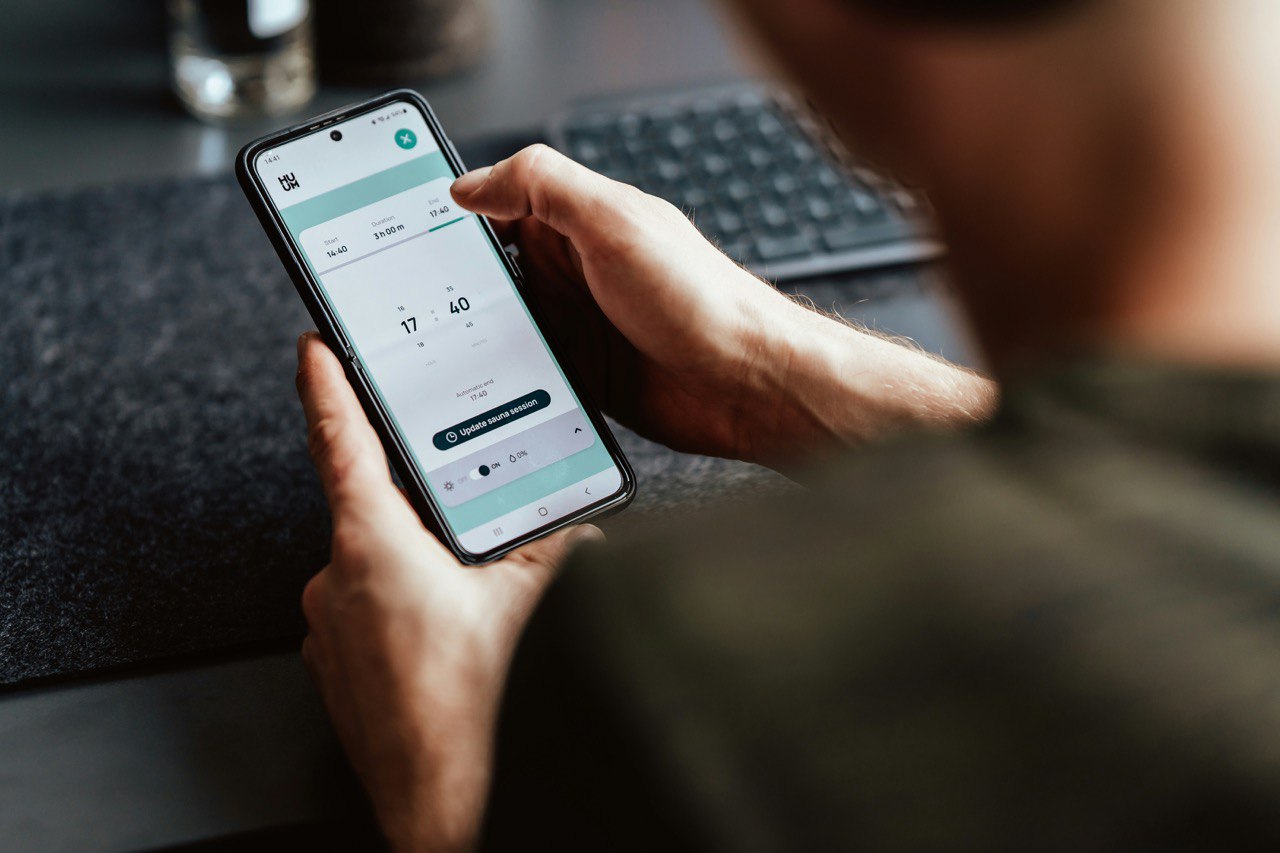
The health tech landscape is becoming increasingly mobile. Whether it's a fitness startup, a mental health platform, or a chronic care app, most digital health journeys now begin on a smartphone. But being "mobile-compatible" is no longer enough. For a health app to thrive in today’s fast-paced ecosystem, it must be mobile-first.
Mobile-first means designing your application architecture, data infrastructure, and engagement logic around the mobile experience not as an add-on, but as the foundation. With real-time data now flowing from wearables, biometric sensors, and SDKs, apps that fail to optimize for mobile-first performance risk falling behind.
In our previous post, we explored what it takes to get your app ready for real-time data integration from infrastructure to privacy compliance. This follow-up dives deeper into what comes next: what being truly mobile-first means, the challenges of real-time health data processing, and how SDKs transform apps into high-performing health engines. We’ll close with a checklist to evaluate your mobile app’s readiness.
According to Market.us, the mobile health app market held a substantial 74.4% market share in 2023, driving healthcare innovation. That growth is driven by:
As the mobile health ecosystem grows, users expect more than functionality, they demand intelligent, always-on tools that deliver personalized feedback, instant data syncing, and robust security, all from their phones. In this new landscape, building a basic app isn’t enough. Delivering on those expectations means prioritizing mobile-first architecture from day one, with real-time data flows and native SDK integration at the core of your digital health stack.
A truly mobile-first health app isn’t just compatible with smartphones, it’s engineered from the ground up to make the most of them. These apps are tailored for users on the go and optimized for the constraints and advantages of mobile environments. Here's what sets them apart:
In essence, mobile-first health apps aren’t simply available on mobile, they are powered by it. With native SDK integration and edge intelligence, they elevate health tracking from reactive to predictive, making digital care truly continuous.
A mobile SDK (Software Development Kit) is a specialized toolkit designed to help developers embed advanced capabilities, like biometric data collection, real-time syncing, and device integration, directly into mobile health applications. In today’s digital health environment, where real-time feedback and personalization are essential, mobile SDKs are the core enablers of scalable, user-centric experiences. Get more information about how real-time data influences user behavior here!
Unlike general SDKs, mobile SDKs are optimized for the smartphone environment, ensuring seamless integration with native app features, responsive UI behavior, and continuous background data capture. They bridge the gap between wearable ecosystems and your app, allowing health data to flow securely and continuously from the device to your platform.
A robust mobile SDK architecture:
By embedding a mobile SDK like Thryve’s, your app transforms from a basic interface into a real-time health companion, capable of detecting trends, delivering context-aware insights, and scaling to meet enterprise-grade health demands.
In short, mobile SDKs are the backbone of mobile-first health innovation. They empower developers to create apps that don’t just support mobile, they’re built for it.
Shifting from batch uploads to real-time data processing is a jump that redefines how health apps operate. Real-time data introduces a dynamic layer of complexity that many developers underestimate, but also a unique opportunity to create more responsive, user-centered applications. Real-time processing is no longer a luxury; it's becoming the standard in a world driven by continuous biometric feedback. Previously, we covered in detail how wearable data can be used for health insights!
To succeed, mobile health apps must be engineered for:
Failing to align with these principles introduces lags, inaccuracies, and user frustration, ultimately threatening product viability. But with mobile-first infrastructure and the right SDK, your app can handle real-time data effortlessly and turn those challenges into advantages.
Here are key questions to evaluate your mobile health strategy:
If you answered “no” to any of these, it might be time to revisit your mobile infrastructure.
Mobile-first health apps are becoming the foundation of any successful digital health solution. In a landscape where users expect seamless, always-on insights, apps must be optimized for mobile-native performance from the start. This means prioritizing real-time data capture, intuitive in-app experiences, and secure integration with wearables and biometric sensors. A mobile-first approach ensures your app doesn’t just display data, it acts on it, right when and where it matters most.
Thryve offers a robust, privacy-first mobile SDK designed specifically for health applications. Whether you’re creating a prevention-focused consumer app, a chronic condition management platform, or a digital clinical trial interface, our API gives you the tools to ingest, process, and act on health data right inside the app. With one integration, you’re ready to scale. We offer:
We’ve designed Thryve to simplify complexity, accelerate development, and unlock the full value of real-time data without making you build everything from scratch. If you’re building the future of digital health, Thryve is your partner to get there faster and smarter.
Book a demo to see how Thryve’s mobile-first SDK can power your app’s next evolution.